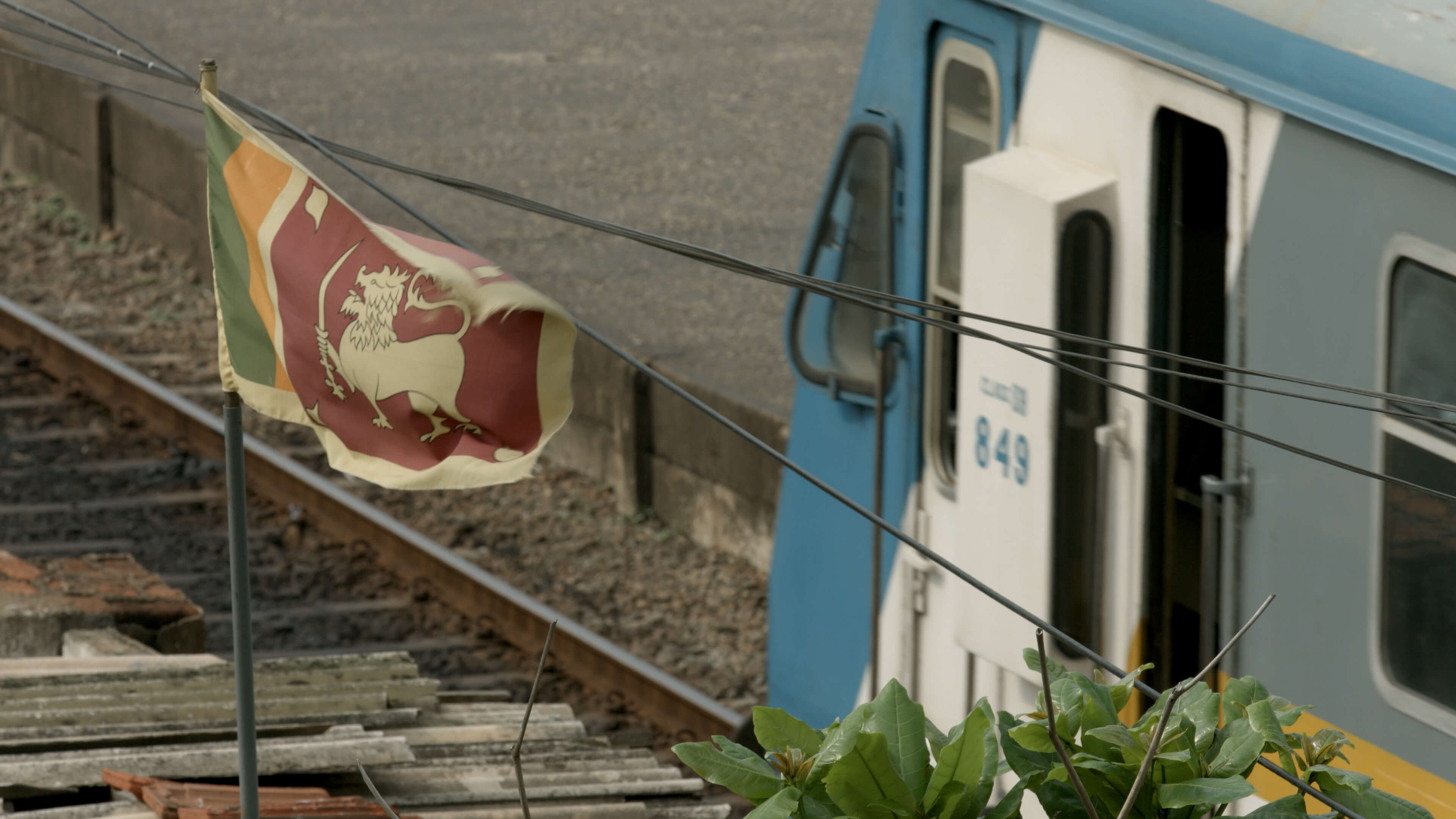

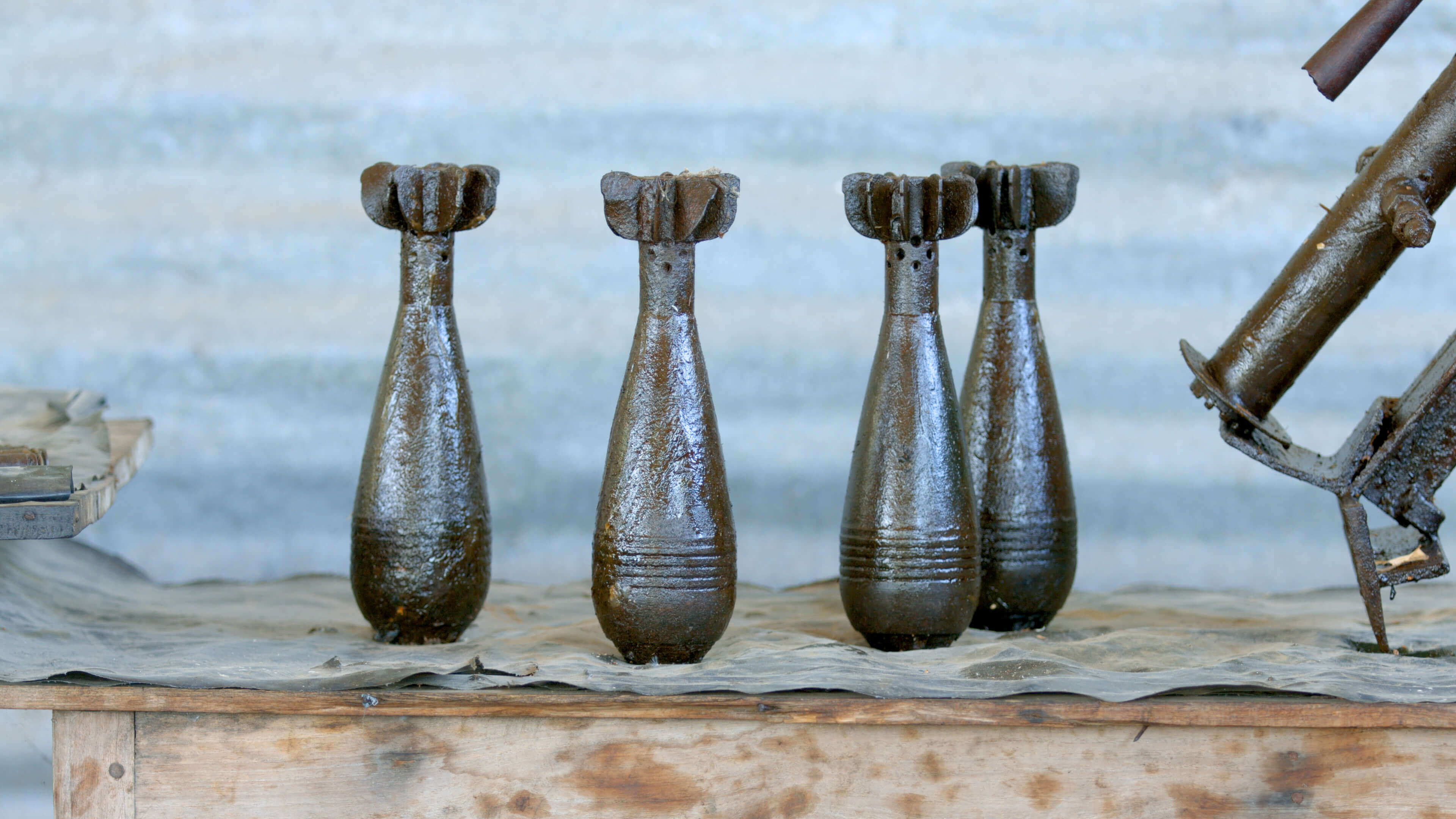
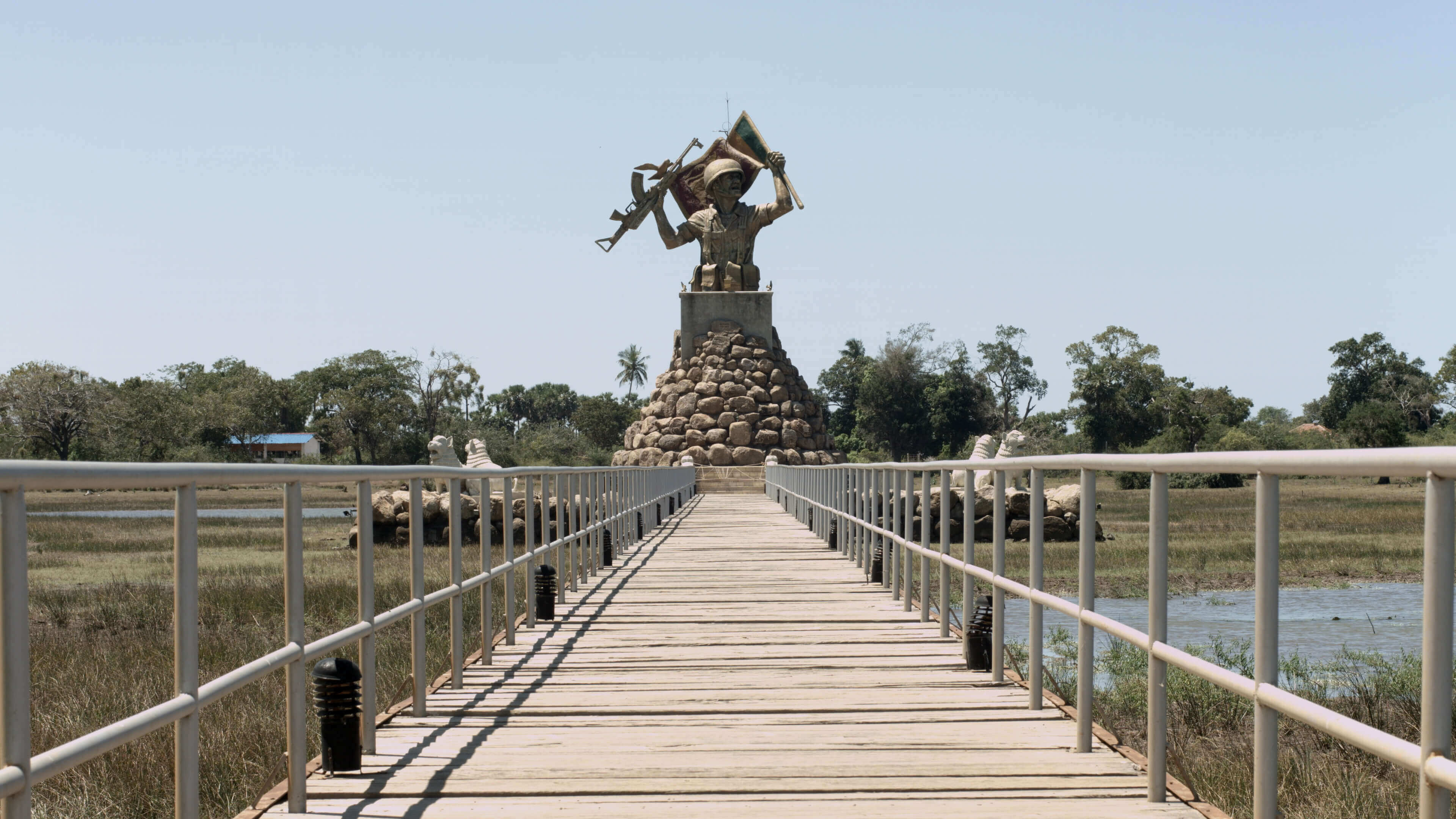
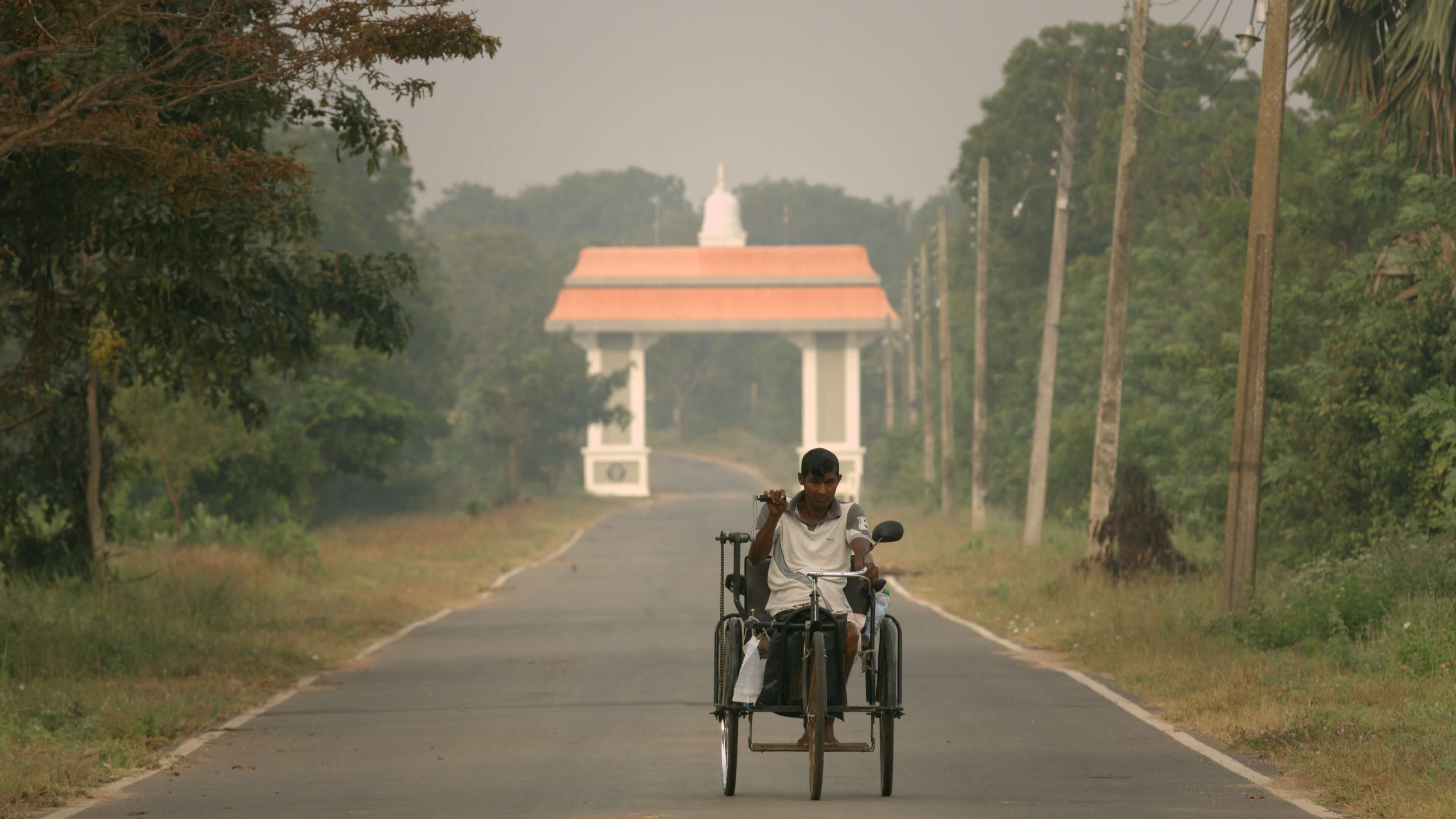
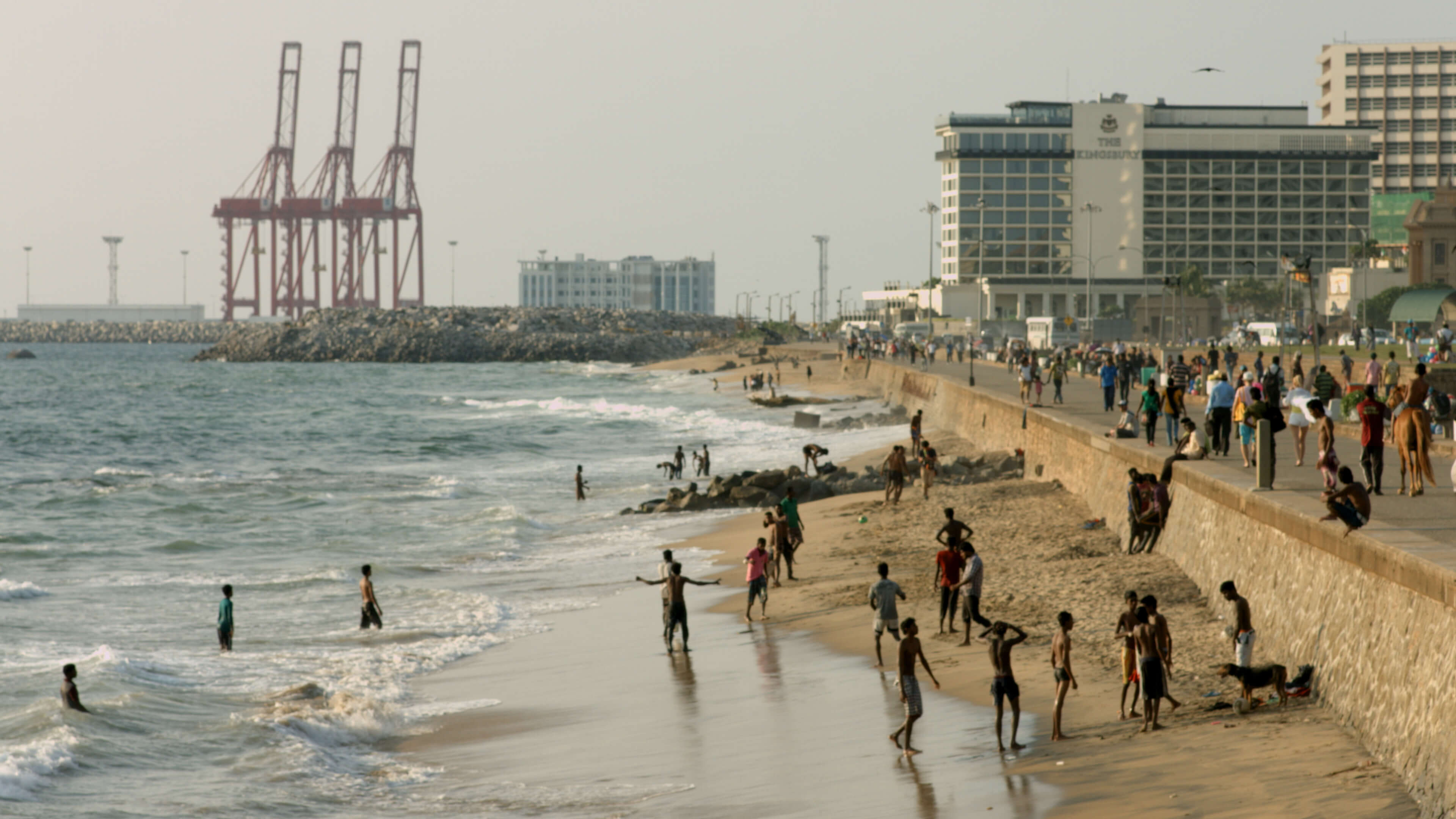

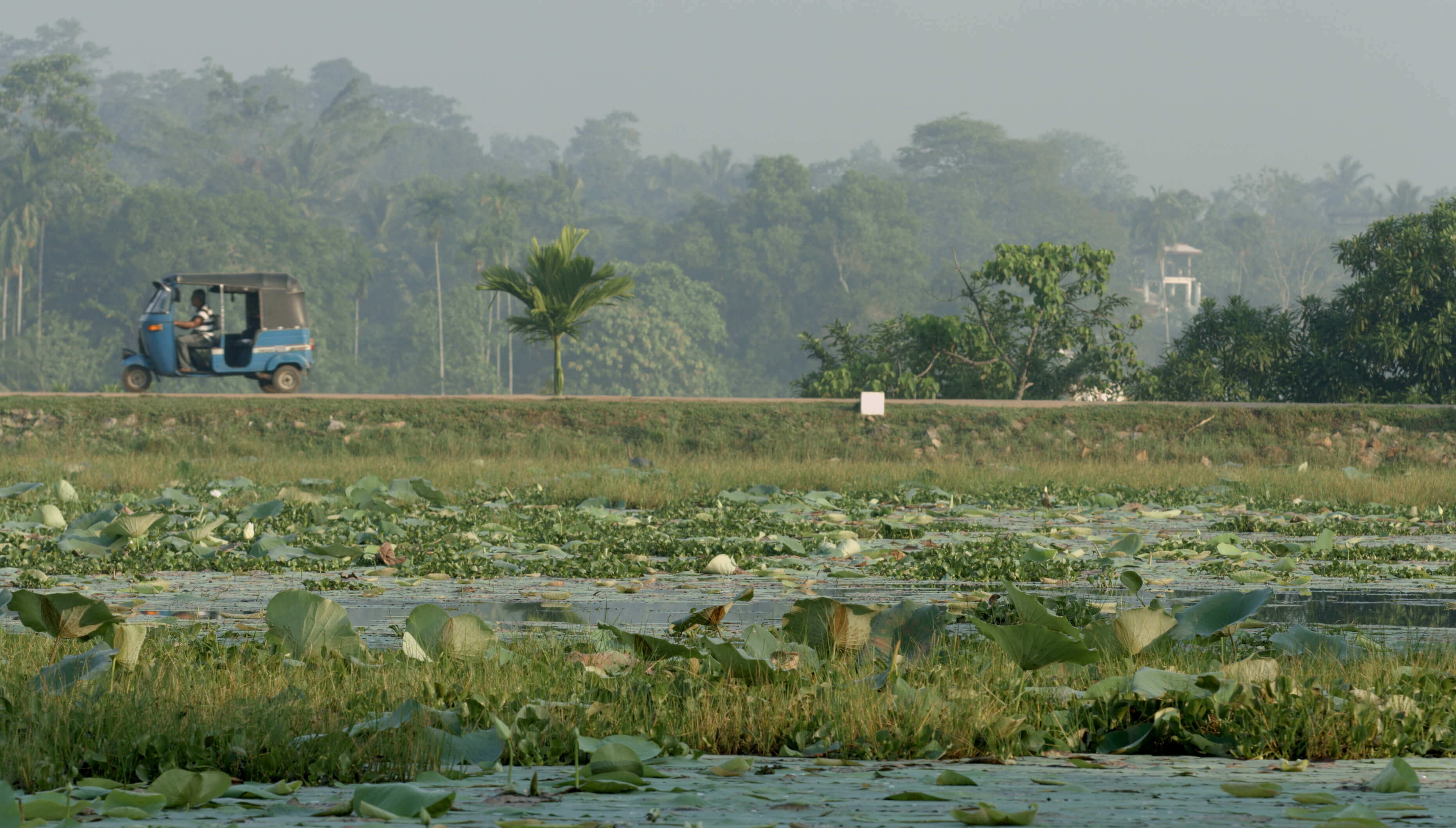

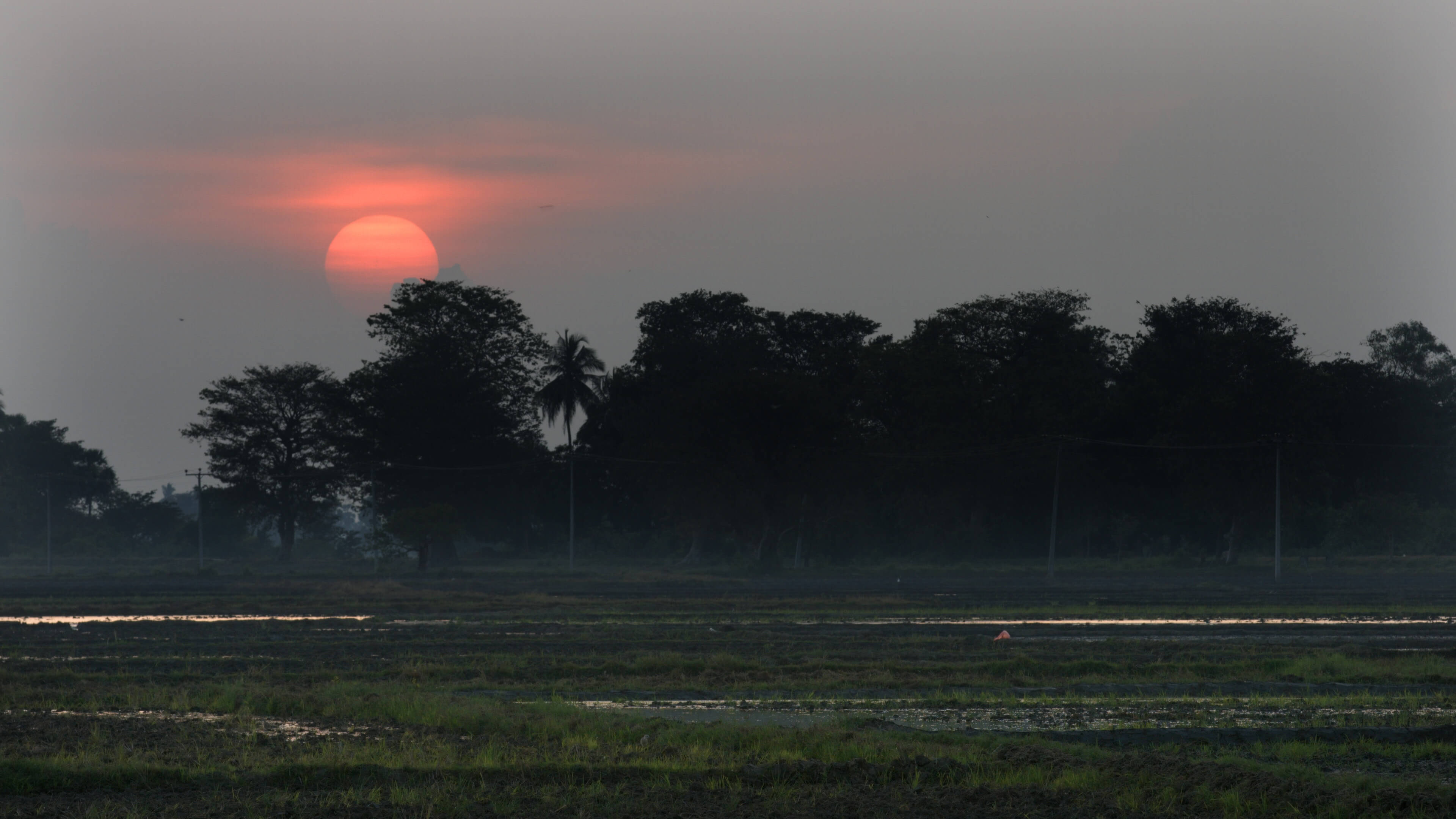
BEYOND
THE BEACH
HOVER TO
NAVIGATE


Five years after one of the bloodiest conflicts in recent history, Sri Lanka hovers between war and peace, as a profoundly traumatised population grapples with creeping militarisation, continuing ethnic divisions and a crackdown on dissent.

with a gruesome final battle between the Sri Lankan military and separatist fighters, the Liberation Tigers of Tamil Eelam (LTTE), known as the Tamil Tigers. As government troops advanced into Tiger-held territory in the northeast of the island country, hundreds of thousands of civilians were trapped between the warring parties without food, shelter or medical care – a humanitarian catastrophe that was largely ignored by the international community.
For days and weeks, terrified families hid in hand-dug holes on a beach between the Indian Ocean and a brackish lagoon filled with floating, bloated bodies. Some who were lucky enough to avoid being shredded by shrapnel, died of starvation, infection and illness, abandoned on the roadside by relatives fleeing the relentless bombing.
2009, SRI LANKA’S 26-YEAR CIVIL WAR ENDED

Human rights groups documented the Sri Lankan military’s shelling of civilian areas, including repeated bombing of hospitals, food distribution centres and government-designated “No Fire Zones” where civilians had taken refuge.
The LTTE, which for decades terrorised the capital, Colombo, with suicide bombings that killed politicians and bystanders alike, is also accused of atrocities in its own territory: forcibly recruiting child soldiers, using civilians as human shields and shooting those trying to flee the conflict zone.
Despite the government’s claim that there were zero civilian casualties, the UN estimates that at least 40,000 Tamil civilians were killed and many more wounded in the last few months alone.
For the survivors, the end of the war came slowly, painfully. And then suddenly, with the killing of LTTE leader Velupillai Prabakharan, it was over. On the morning of May 19, 2009, the Sri Lankan military declared victory.

by Sri Lanka’s majority Sinhalese population. Exhausted from decades of war, they hoped President Mahinda Rajapaksa would usher in a new era of peace and prosperity for a country crippled by instability.
Sri Lanka spent $3.2bn reconstructing the former war zone in the north and east. The building boom has brought visible improvements to people’s daily lives in the form of new roads, railways, homes, schools and hospitals. Hundreds of thousands of people displaced by war have now resettled, while tens of thousands of former fighters have reintegrated into society.
CRUSHING DEFEAT OF THE LTTE WAS CELEBRATED

Citing an island-wide average economic growth rate of 7.5 percent, the governor of the Central Bank of Sri Lanka, Ajith Nivard Cabraal said, “The last five years have been one of the best eras in our country.”
Indeed, peacetime has boosted Sri Lanka’s primary industries, which recorded double-digit growth in construction and tourism. With travel warnings lifted, sun-seeking tourists have descended in droves on Sri Lanka’s pristine beaches, wildlife preserves and ancient Buddhist monuments.

hides a wounded democracy, a fragile peace without justice, say human rights advocates.
After a fact-finding mission to Sri Lanka in August 2013, UN human rights chief Navi Pillay delivered a scathing rebuke of the country’s human rights record, highlighting continued reports of abductions, detentions and torture of perceived political enemies and “persistent impunity and the failure of rule of law.”
“The continued large-scale presence of the military and other security forces is seen by many as oppressive and intrusive, with the continuing high level of surveillance of former combatants and returnees at times verging on harassment,” Pillay told the UN Human Rights Council.
Meanwhile, hate speech and violent attacks against minority Muslims and Christians are on the rise. The media operate in a climate of fear and intimidation, and non-governmental organisations are vilified.
THE VENEER OF NEW ROADS AND LUXURY RESORTS

"We are in a post-war situation but not yet in a post-conflict one, and what we seem to be doing is sustaining the sources of conflict and in fact reproducing them and adding new ones over it as well,” said Dr Paikiasothy Saravanamuttu, Executive Director of the Centre for Policy Alternatives, a Colombo-based public policy think-tank. “So the trajectory of developments is very, very unpromising.”
Sri Lanka seems to be marching towards dictatorship, Saravanamuttu says, as political power is consolidated in the hands of the still-popular President Rajapaksa’s family. Four brothers run the executive branch, the military, parliament and the economy. Since the end of the war, they have eliminated presidential term limits, dissolved separation of powers by impeaching a defiant chief justice, and entrenched military control over the daily lives of Tamil civilians.

the Lessons Learnt and Reconciliation Commission (LLRC) to look into the circumstances of the civil war and offer recommendations to prevent a return to fighting. The commission’s report absolved the Sri Lankan Security Forces of any responsibility for alleged war crimes.
“While it had some useful elements to it, [the LLRC report] certainly did not consist of any kind of thorough or impartial investigation of what happened during the final phases of the war,” said Steven Ratner, who served on the UN Panel of Experts on Accountability in Sri Lanka.
PRESIDENT RAJAPAKSA ESTABLISHED

In the absence of a credible national inquiry, this year, the UN Human Rights Council mandated an international probe into alleged war crimes and crimes against humanity committed during the war.
Though international observers criticised the commission’s findings on the conduct of the military, they applauded many of its recommendations for promoting national unity and reconciliation. Some have since grown disappointed with what they see as slow progress on implementation of those recommendations.
Many observers, both inside and beyond the country, believe Sri Lanka has yet to adequately address the root causes of the war - especially the marginalisation of ethnic minorities - and has failed to deliver justice for victims of the violence. Without these crucial efforts, Sri Lanka may continue to linger in limbo between war and peace.